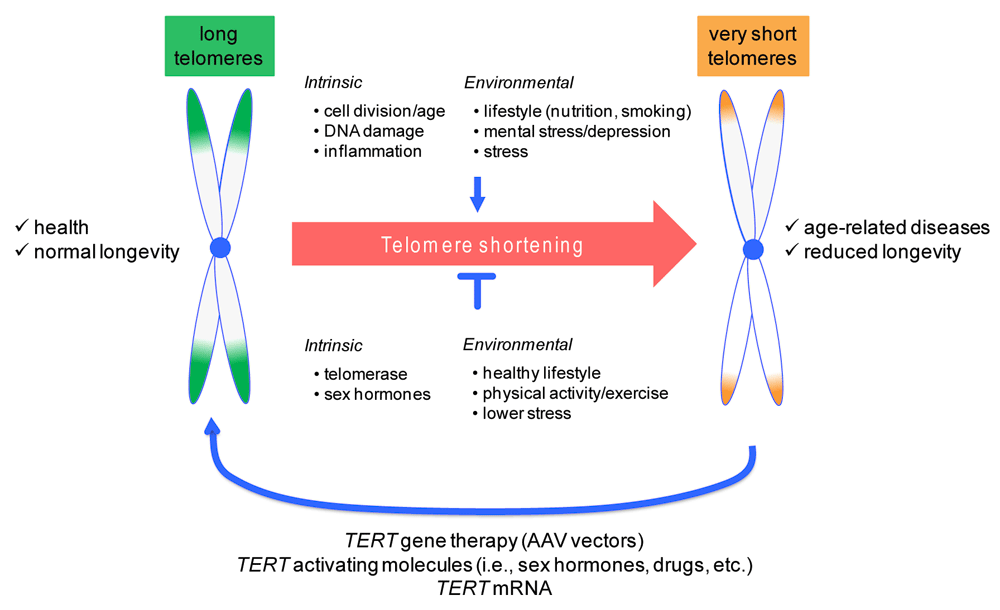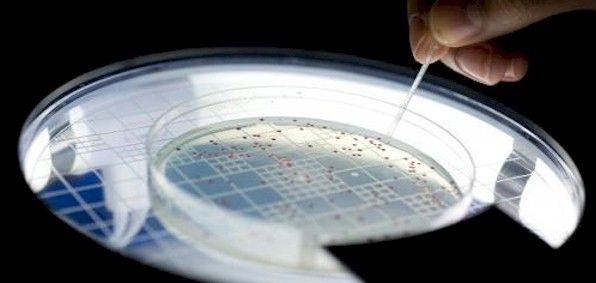New story on transhumanism from the recent event in NYC, addressing a concern many seem to have:
We’re scared that living forever will only be for the fortunate few.

New story on transhumanism from the recent event in NYC, addressing a concern many seem to have:
We’re scared that living forever will only be for the fortunate few.

The legal death of Marvin Minsky was publicly reported on Monday, January 25, 2016. There has been speculation on the part of numerous individuals and publications that he may have been cryopreserved by Alcor. This notice is Alcor’s formal response to inquiries on this issue.
In a public ceremony at the Extro-3 conference in 1997, nanotechnology pioneer Eric Drexler presented Prof. Minsky with a bracelet given to all new Alcor members. This bracelet provides emergency contact information and basic instructions. Minsky has spoken publicy many times about his advocacy of overcoming aging and the inevitability of death and about cryonics (human cryopreservation) as a last resort. He was also among the 67 signatories of the Scientists Open Letter on Cryonics and a member of Alcor’s Scientific Advisory Board. This much is public knowledge. None of this necessarily means that Prof. Minsky had cryopreservation arrangements at the time of legal death. Alcor neither confirms nor denies whether Prof. Minsky had such arrangements.
Alcor’s official response may puzzle some readers, so we would like to point out the privacy options that have been and currently are available to our members. When a member signs up for cryopreservation by Alcor, they have four options:

My new story: The FDA (Food and Drug Administration) is holding medicine back and limiting your lifespan as we enter the Transhumanist age. There are options.
The FDA is holding America back as we enter the transhumanist age.

Researchers at the University of Colorado have created a unique, light-activated nanotherapy to destroy antibiotic resistant bacteria
The pursuit of longevity requires continued, effective antibiotics. Otherwise, you could be as fit as a fiddle at 100 and still be downed by a nasty, resistant strain.
While bacterial strains resistant to current drugs are rapidly rising across the globe, infecting 2 million people last year, researchers are turning to increasingly innovative ways to destroy these populations. Nanotechnology is one such, increasingly promising technology.

Further progress with telomeres by Maria Blasco which clearly demonstrates the link between telomeres and aging and why they are a primary “clock”.
“These findings suggest that it is the ability of different species to maintain telomeres rather than average telomere length per se that may be determinant of species longevity”
So if we maintain telomeres (either directly or by repairing the cause of that damage) as many biologically immortal creatures do could we expect to see life extension? So far in animals tested that answer is yes! Its not the only thing that needs to be addressed to combat aging but it looks like an important one.
Read the latest article version by Christian Bär, Maria A. Blasco, at F1000Research.

It’s in German, but easy to translate via the internet. Lots of pictures:
Von Veit Medick
Wahlkampf in den USA: Kennen Sie Zoltan Istvan? Er reist in einem großen Sarg durch die USA. Und er will ins Weiße Haus. Unterwegs mit dem ungewöhnlichsten Präsidentschaftskandidaten der Vereinigten Staaten.
Spiegel Online

Interesting; no more rotten fruit. Researchers may actually found a new way to preserve perishable foods. Can you imagine the cost savings to consumers, plus being able to supply more people with fresh fruits and vegetables. World Bank and Health Organizations should be interested in this as well.
It does make me wonder how the research on life extension, etc. can learn from the findings of this experiment.
Researchers have managed to “pluck” a single photon – one particle of light – out of a pulse of light.”
A new algorithm has been developed that will drastically reduce the time and effort needed to create induced pluripotent stem cells (iPSCs). As a result of this breakthrough, we can expect a dramatic revolution in regenerative medicine in the near future.
What if you could directly reprogram cells to develop into whatever you wished? What if you could take an undifferentiated, incipient cell, full of the unrealized potential to become any one of the many specialized cells in the human body, and nudge it into becoming ocular tissue, or neural cells, even a new heart to replace an old or damaged one?
This is the promise afforded by Mogrify, the result of the application of computational and mathematical science to the problems of medicine and biology. It was developed by an international collaboration of researchers from the Duke-NUS Medical School in Singapore, the University of Bristol in the United Kingdom, Monash University in Australia, and RIKEN in Japan. The new research was published online in the journal Nature Genetics.
Stanford used modified messenger RNA to extend the telomeres so the whole process if it translates effectively into humans — and the evidence is suggesting it will — would be pretty straightforward especially when you consider the degree of extension which is 1000 nucleotides and the fact that the telomerase which lengthens the telomeres is only active in the body for 48 hours which means there is no significant risk of cancer due to the limited time during which proliferation of the cells could take place.
It’s true that Lobsters defy the normal aging process which in humans increases the risk of heart disease, stroke, cancer, Alzheimer’s and diabetes in humans but not only that they actually become stronger and bigger with age each time they shed their shell whereas humans and other mammals are completely the opposite suffering muscle loss, stiffness and elevated risk of fractures etc. Lobsters just keep growing and can grow to a colossal size over the years there is information on a 95 year old 23 pounder (10.5kg) here http://www.cbsnews.com/news/95-year-old-lobster-featured-at-long-island-new-york-restaurant/
Normally a lobster dies because it is eaten by a predator I.e us!, suffers an injury or gets a disease. we know the reason they remain fit and strong and it lies in their use of telomerase to protect their DNA and prevent their telomeres shortening and as a result protecting their cells from dying they also have a vast supply of stem cells which can turn into any into any type body of tissue and this will be one of our main tools for biomedical repairs in the future along with telomere lengthening as explained below because if we can extend our telomeres we will also hold one of the keys to life extension.
Based on current research it is technically possible and highly probable work on telomere lengthening at Stanford university will translate into humans giving us the health benefits currently confined to lobsters and the hydra. The primary concern with the lengthening of telomeres used to lie in the theoretically elevated risk of cancer but this problem does not apply based on the current research which you can see on the Stanford University website here https://med.stanford.edu/news/all-news/2015/01/telomere-extension-turns-back-aging-clock-in-cultured-cells.html as a researcher in aging I consider this research and some supporting and complementary research which has taken place at Harvard coupled with a additional research relating to a compounds that is related to Rapamycin tends to indicate that we are finally making significant progress in addressing the diseases of aging. Interestingly shortening of telomeres was until recently perceived by many as being a result of aging and not causal but the research at Stanford clearly repudiates this and suggests that Dr Bill Andrews the leading researcher into telomeres was correct all the way along.

The real opportunities of our future is when we truly integrate technology and genetics/ healthcare together to the point that technology benefits from learning and evolving from what we do in genetics/ healthcare; and genetics/ healthcare truly evolve through technology discoveries and evolution. Does this sound like singularity? Yes; however, this is when we truly see some amazing advancements in both fields. And, several investors (even in Silicon Valley) are investing in technology that is positioned to focus on evolving technology through healthcare.
Scientists have been quietly working for decades to crack the genetic codes that allow humans to live forever, or at least significantly longer.
And judging by the bits of information on this research that is beginning to leak into the mainstream of human discourse, the idea may no longer be far-fetched.
Stuart Kim, a genetics professor at Stanford University, recently appeared on Fox Business News speaking about his work in the field of “gene therapy.”